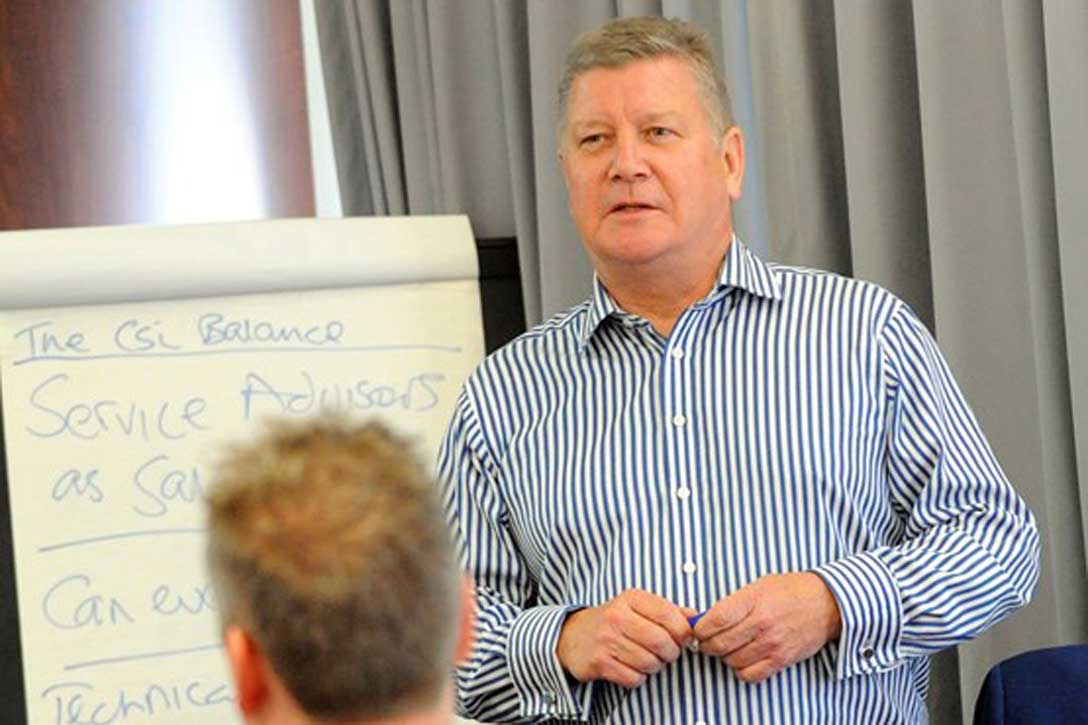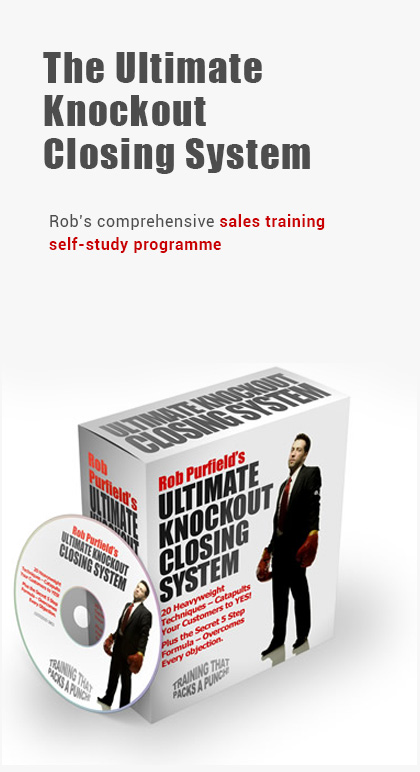We’ve all been in situations where we categorically know a customer is wrong, but the vital thing to remember is that they are always right in their own mind.
Even when they know they are wrong, they believe they are right to mislead you if they get what they want. It’s not personal; their reasoning is that you represent ‘the Company’ and it’s fair game to get one over on a commercial organisation.
So, let’s look at how we can get to a genuine agreement where both sides think they’re right:
Securing agreement comes in two parts
1. You agreeing with the customer
2. The customer agreeing with you
It is linked, inextricably, to understanding the customer’s needs and wants, as well as their buying motive (safety, prestige, value etc.)
Agreeing with the customer
This does not mean blindly agreeing with the customer, but about finding common ground and both you and the customer arriving at an agreement by understanding.
The upsell opportunity is through providing clear information and transparent pricing. It allows the customer the opportunity to understand in detail the work that needs to be done, why it needs to be and how much it will cost.
The customer agreeing with you
Probably more important than you agreeing with the customer is having the customer agree with you. To create an environment for agreement we need to consider the following key factors in creating agreement:
Product knowledge
It is imperative that you are fully-up-to date with your product knowledge – not just available goods and services, but also marketing offers and special terms for specific customers. Product knowledge also requires that you understand the options available to customers and that you’re fully-up-to-date with both your dealership website and the manufacturer’s website.
Customer knowledge
Learning about your customer will put you on the front foot when it comes to gaining agreement. This, and the understanding that results, is vital to developing a relationship and gaining agreement. Asking open questions – who, what, when, where, why and how – will bring lots of information about customer needs and wants as well as their motivations for buying.
If you don’t implement a Repeat Business Action Plan now, you’ll hate yourself later.
Rapport
People are more likely to agree with people they like. Establishing a good rapport with customers is a major part of making them feel comfortable; it makes gaining agreement by consensus much easier.
Simple things that can help develop good rapport on a professional basis include smiling and looking pleased to be dealing with/helping the customer. An attitude of “nothing is too much trouble” will really help.
Enthusiasm
Honest enthusiasm goes a long way towards helping customers engage in the experience and open up about their requirements. Enthusiasm also gives you an air of confidence, which will promote customer confidence.
Jargon
The language we use with customers is very important in gaining a ‘comfortable agreement.’ Every industry has its own shorthand and technical terms. Whilst these make perfect sense to us, they can be confusing for customers and often create uncertainty in their minds. This often gets in the way of an agreement.
Therefore, we should avoid the use of jargon, and if we need to use any technical terms, we should always take the time to explain them in full to every customer.
Conclusion
The customer may not always be right, but they always operate from a position of right according to themselves. Creating the right environment for consensual agreement is key in today’s competitive market.
Good luck and good selling.
If you need help with anything, please do get in touch at contacts.






Leave a Reply